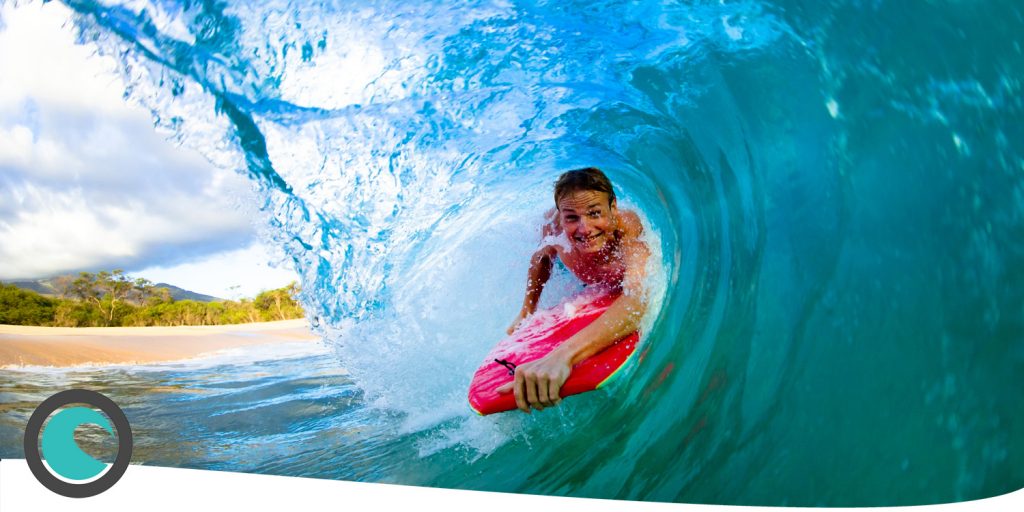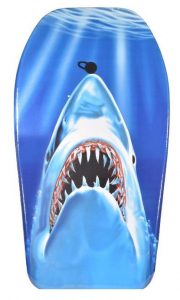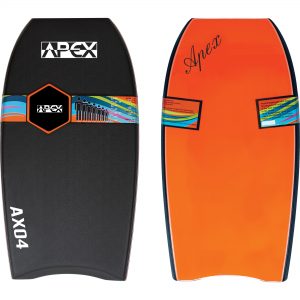Our Detailed Guide to the Differences between a Cheap and Expensive Bodyboard
As with most things in life, you get what you pay for. Buying a bodyboard is exactly that.
In our guide to the pros and cons of bodyboarding we touched on the environmental problem of cheap bodyboards, you can read about that here
Cheap Bodyboards:
1. Materials:
- Core Material: Cheap bodyboards typically use low-density, closed-cell foam cores. These cores are less responsive and provide less buoyancy compared to high-density cores.
- Deck and Bottom: They often have a slick, low-grade plastic bottom and a soft, easily compressible deck material. These materials are less durable and may deteriorate faster.
2. Build Quality:
- Cheap bodyboards usually have a basic construction with heat-sealed seams. The overall build quality may be inferior, leading to potential issues like separation of deck and core.
3. Performance:
- They offer basic performance suitable for beginners or casual riders. However, they lack the speed, control, and manoeuvrability needed for more advanced bodyboarding.
4. Durability:
- Due to the lower-grade materials and construction, cheap bodyboards are less durable and more susceptible to damage from rough waves, extended use, or exposure to sunlight and saltwater.
Expensive Bodyboard:
1. Materials:
- Core Material: A top of the range board might have a polypro/eps blended core that also has an extra layer of higher density foam to add strength making it a lot stronger than many other bodyboards. This results in the board having incredible amounts of spring and recoil which is the magic ingredient that really makes a board move.
- Deck and Bottom: They might have a HDPE, durable deck material and channels moulded in to the board for enhanced speed and manoeuvrability.
2. Build Quality:
- Expensive bodyboards have superior construction with glued or welded seams, resulting in a sturdier and more reliable board.
3. Performance:
- Higher-end bodyboards offer advanced performance, allowing for precise control, sharper turns, and better projection off waves. They cater to the needs of intermediate to professional riders.
4. Durability:
- Due to the materials and construction methods used in more expensive boards they will have a longer lifespan even under demanding surfing conditions.
In summary, the major differences lie in the core and materials used, construction quality, performance and durability. While a cheap bodyboard is suitable for beginners and occasional use, investing in a higher-end bodyboard is ideal for intermediate to advanced riders seeking optimal performance and longevity. It’s essential to consider your skill level, frequency of use, and preferences when choosing the right bodyboard for you. You can check out our range of Bodyboards here





